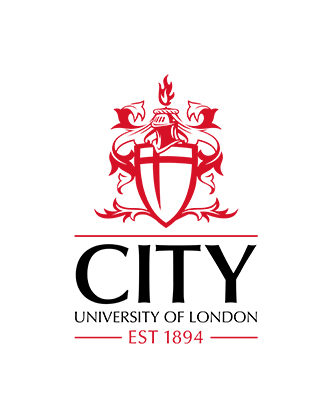Multi-material 3D printed composites inspired by nacre: a hard/soft mechanical interplay
Curto, M., Dowsett, J., Kao, A. P. , Tozzi, G. & Barber, A. H.  ORCID: 0000-0003-3334-0266 (2025).
Multi-material 3D printed composites inspired by nacre: a hard/soft mechanical interplay.
Scientific Reports, 15(1),
article number 6728.
doi: 10.1038/s41598-025-91080-2
ORCID: 0000-0003-3334-0266 (2025).
Multi-material 3D printed composites inspired by nacre: a hard/soft mechanical interplay.
Scientific Reports, 15(1),
article number 6728.
doi: 10.1038/s41598-025-91080-2
Abstract
Structural materials are used extensively in nature where mechanical function is required. These structures are composites consisting of soft and, in some cases, hard phases precisely distributed over different length scales. Bio-inspiration aims at producing materials with structure, design and/or mechanical properties adopted from biological tissues. To reproduce complex structures found in nature, additive manufacturing (AM) using three-dimensional printing (3DP) is an attractive method to assemble complex topologies with resolutions approaching the micro and nano-composition. Specifically, high-resolution MultiJetPrinting (MJP) 3D printing allows the simultaneous deposition of soft and hard photo curable plastic resins. Nacre is a prevalent example of a complex biological composite material organization that can test the ability of MJP to manufacture a bio-inspired engineering structure, where the organization of materials in nacre is optimized to avoid catastrophic failure. The ability to generate complex 3D organizations required to mimic the structure of nacre by controlled organization of soft and hard materials is achieved here using a generative design approach. Such a generative design is further enhanced by incorporating two differing MJP directions that provide relatively strong and weak interfaces between the soft and hard material phases. Consideration of classical stress transfer theory between at a hard material reinforcement interface was shown to correlate with experimental observations of mechanical performance and failure in 3D printed nacre inspired composites. Thus, the ability to distribute materials with a range of mechanical properties and incorporate further interfacial design is demonstrated. The approach presented is flexible and allows complex bio-inspired composites to be 3D printed that incorporate different interfacial quality through changing printing direction.
| Publication Type: | Article |
|---|---|
| Additional Information: | This article is licensed under a Creative Commons Attribution 4.0 International License, which permits use, sharing, adaptation, distribution and reproduction in any medium or format, as long as you give appropriate credit to the original author(s) and the source, provide a link to the Creative Commons licence, and indicate if changes were made. The images or other third party material in this article are included in the article’s Creative Commons licence, unless indicated otherwise in a credit line to the material. If material is not included in the article’s Creative Commons licence and your intended use is not permitted by statutory regulation or exceeds the permitted use, you will need to obtain permission directly from the copyright holder. To view a copy of this licence, visit http://creativecommons.org/licenses/by/4.0/. |
| Publisher Keywords: | 3D printing, Additive manufacturing, Bioinspired, Composites, Multi-material, X-ray tomography |
| Subjects: | T Technology > T Technology (General) T Technology > TA Engineering (General). Civil engineering (General) |
| Departments: | School of Science & Technology School of Science & Technology > Department of Engineering |
| SWORD Depositor: |
Available under License Creative Commons: Attribution International Public License 4.0.
Download (7MB) | Preview
Export
Downloads
Downloads per month over past year


 Metadata
Metadata Metadata
Metadata